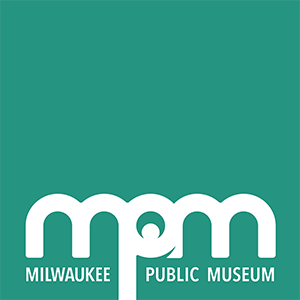Northeast
The Northeast region includes portions of southeastern Canada, and is bordered in the United States by the Mississippi River and Atlantic Coast. The tribes of this region represented in the Museum’s cradleboard collection are the Iroquois (4) and (1) Oneida example specifically, Menominee (1), Mexican Kickapoo (2), Ojibwa/Chippewa (7), Potawatomi (3), Sauk (1), and Winnebago/Ho-Chunk (3).
Plains
The Plains region stretches from the Mississippi River west into parts of southern Canada and northern Texas, to the eastern edge of the Rocky Mountains. While the number of tribes and cradle styles is vast in this area, the MPM collection from this region is just six, representing the Iowa (2), Kiowa (1), Osage (1), and Sioux (2).
Southwest
The Southwest stretches from Arizona, New Mexico, and parts of southeastern California to central Mexico. The MPM collection has examples from the Western Apache (1), Cochiti Pueblo (1), Hopi (8), and Navajo (1).
Great Basin
The Great Basin stretches across portions of Idaho, Montana, California, Nevada, and Wyoming. The MPM collection contains items from the Washoe (1), Paiute (1), as well as the Northern Paiute of Pyramid Lake (4) and Walker River (2) Reservations. Cradles of the Great Basin were either basket-like, woven of woody shoot materials like willow or sumac, or they were the “inverted U” shaped cradles influenced by those of the northwestern Plains. The cradles in MPM’s collection are of the first variety.
California
The California region includes most of the modern state, except for a portion of the north and east, which can be considered parts of other regions. Californian cradles from the Pomo (4) and Hupa (3) are included in MPM’s collection. The cradles of these groups are known by two names. They are called “sitting” cradles, because the base of the cradle forms a seat for the child, and they are also called “cradle baskets” because of their construction. This type of cradle is unique to the region.
Plateau
Northwest Coast
The southernmost border of the Northwestern Coastal region lies in western Washington state and continues northward along the Pacific Ocean to southern Alaska. In addition to creating woven cradles like some groups in the Plateau region, cradles were also built out of cedar. Some were simply flat boards that were used in the same fashion as those in the Northeast; others were created out of hollowed logs.

